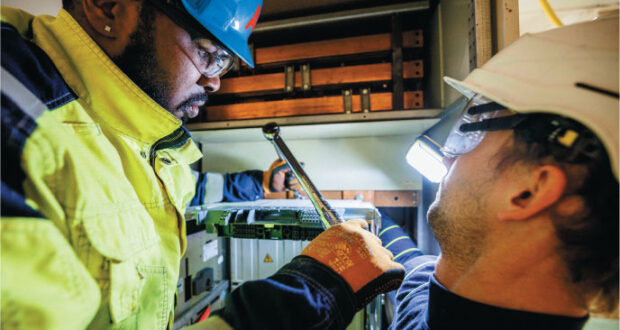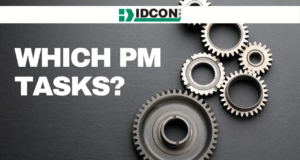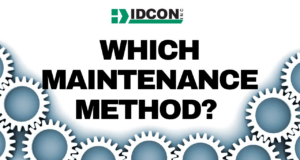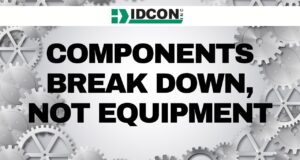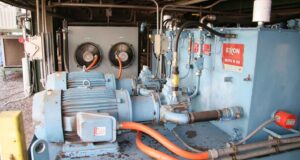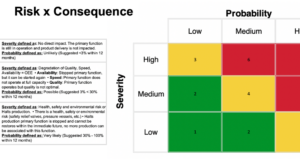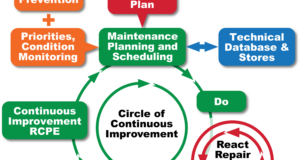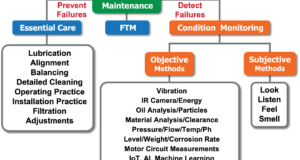When it comes to existing PMs, the first thought is usually to search in the Computerized Maintenance Management System (CMMS). Of course, this is a valuable resource, but we may be missing other activity happening in departments of the plant, mill, or mine. It is very common that different crafts/departments have set up their own Preventive Maintenance Systems for components and equipment.
Read More »Reliability and Maintenance
Choosing a Maintenance Method
In terms of Maintenance Methods, there are three choices for existing equipment. They are Operate to Breakdown, Fixed Time Maintenance, and Condition Based Maintenance. Operate to Breakdown: The equipment is run until it breaks down. Fixed Time Maintenance: The replacement of parts or equipment on a fixed/scheduled frequency. Condition Based Maintenance: The problem is found and fixed at the time when it is discovered. It is a common assumption that Condition Based Maintenance is always the most cost effective. While this is commonly the case, it is not always true.
Read More »Equipment Doesn’t Break Down, Components Do!
What is a component? IDCON uses the word “component” to describe an item that is highly repetitive for preventive maintenance purposes. For example, the AC motor on the infeed hydraulic unit is composed of several components or machine elements. The infeed hydraulic unit is a highly repetitive unit often found in paper mills, refineries, mines, etc. AC motors are a component that is reoccurring as well.
Read More »Steps to Creating a Reliable Manufacturing Culture
To create a reliable manufacturing culture, you first need to agree on what reliability is, the benefits of improving it, and how it will be measured.
Read More »How to Document Cost-Effective Maintenance Tasks Part 5: Equipment List
So, we have completed our Criticality Analysis. What’s next? In Part 5 of this series, we will cover the importance of using an equipment list while performing Preventive Maintenance, how to use the equipment list most effectively, and provide an example and template of a well-organized equipment list.
Read More »How to Document Cost-Effective Maintenance Tasks Part 4: Criticality Analysis
Part 4 of this series will cover how to decide what PMs we should document first, and typically we do a criticality analysis. As we like to say at IDCON: Keep it simple. It is best to keep the criticality analysis as simple as possible. As with any type of criticality analysis, the formula is Risk x Consequence. The “risk” represents the probability of the failure or breakdown occurring, and the “consequence” could refer to safety, environmental, high cost, lost production, etc.
Read More »How to Document Cost-Effective Maintenance Tasks Part 3: Process for Documenting Preventive Maintenance Tasks
Part 3 in this series focuses on Preventive Maintenance documentation processes. In order to document a cost-effective preventive maintenance system, there must be a clear and established process in place for how to document PMs. It is not enough to rely on vendor information and personal experience alone.
Read More »How to Document Cost-Effective Maintenance Tasks Part 2: The Productivity Circle
Part 2 in this series covers how Preventive Maintenance fits into the overall Reliability and Maintenance cycle. Figure 1 shows IDCON’s Productivity Circle which is used to demonstrate the overall partnership between Operations and Maintenance.
Read More »How to Document Cost-Effective Maintenance Tasks Part 1: Preventive Maintenance Definition
IDCON’s latest series will detail the correct way to document cost-effective maintenance tasks. The first thing to do is go back to the basics. Part 1 will cover the background and theory of how to achieve the correct tasks and documenting Preventive Maintenance tasks.
Read More »Common Mistakes in Root Cause Failure Analysis
Two common mistakes in RCFA and how to avoid them.
Read More » Paper 360
Paper 360
